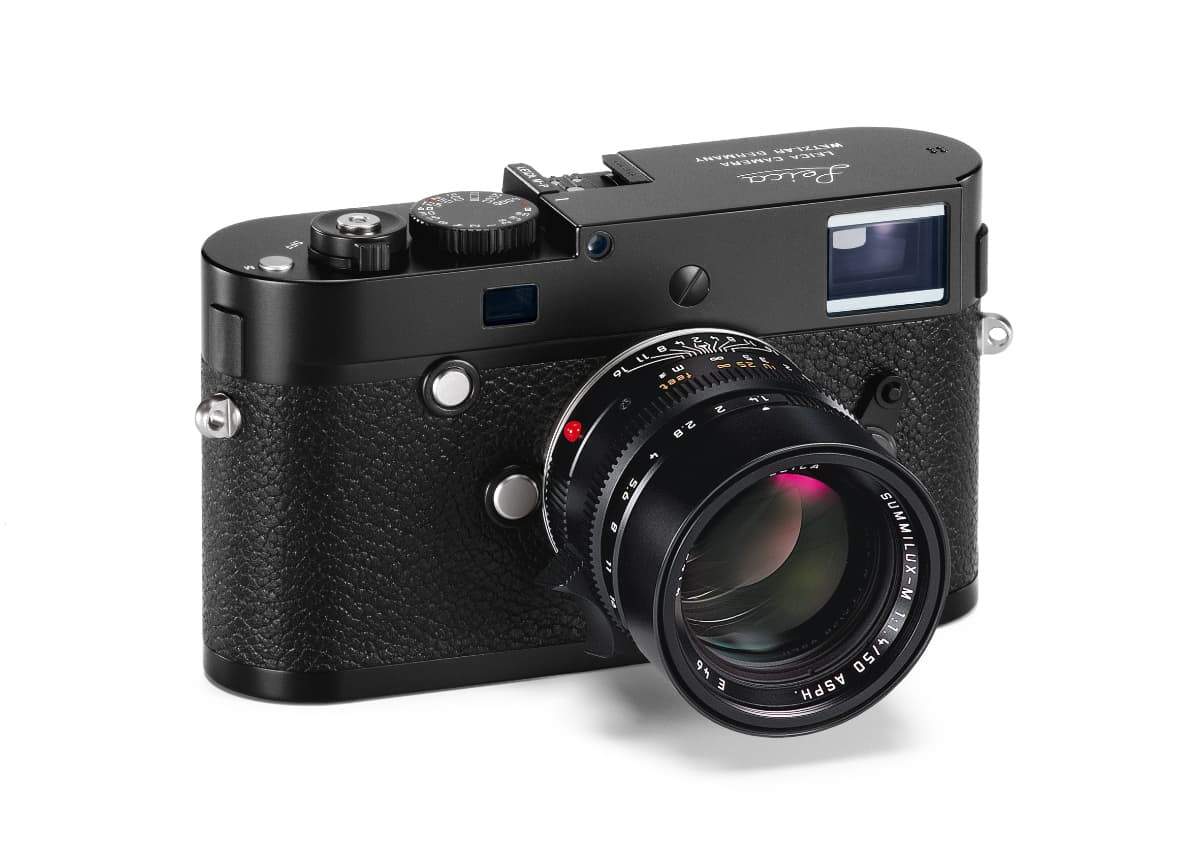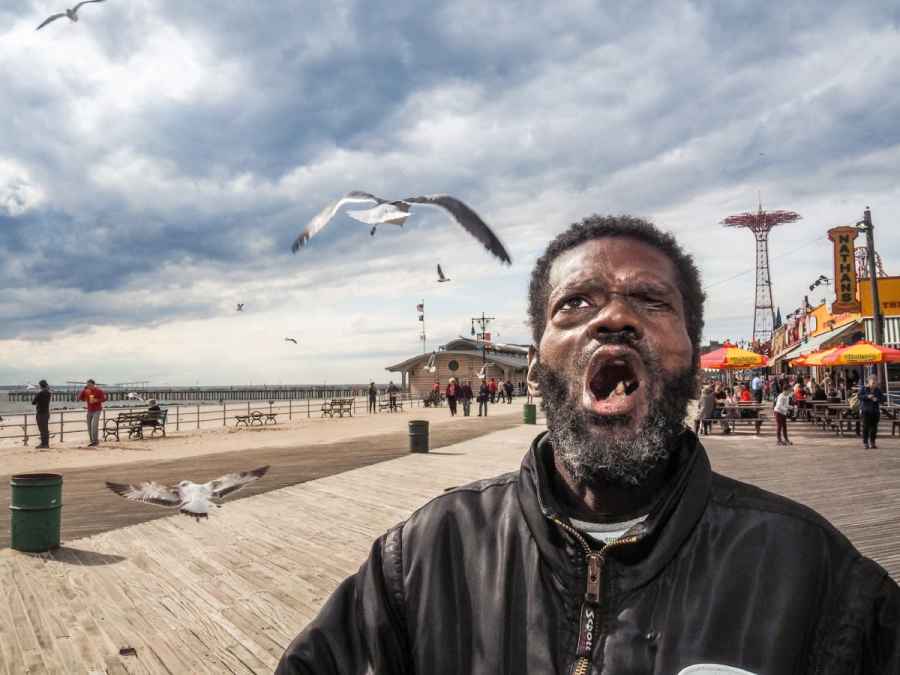One of the joys of photography is that you can take it up at many different stages on the journey of life. New York-based photographer Donato Di Camillo got into taking pictures while under house arrest for racketeering and other serious criminal offences he’d rather not talk about now. Donato ended up serving a prison sentence, but with the help of photography he’s put his criminal past behind him and is earning a solid reputation as a street and documentary photographer.
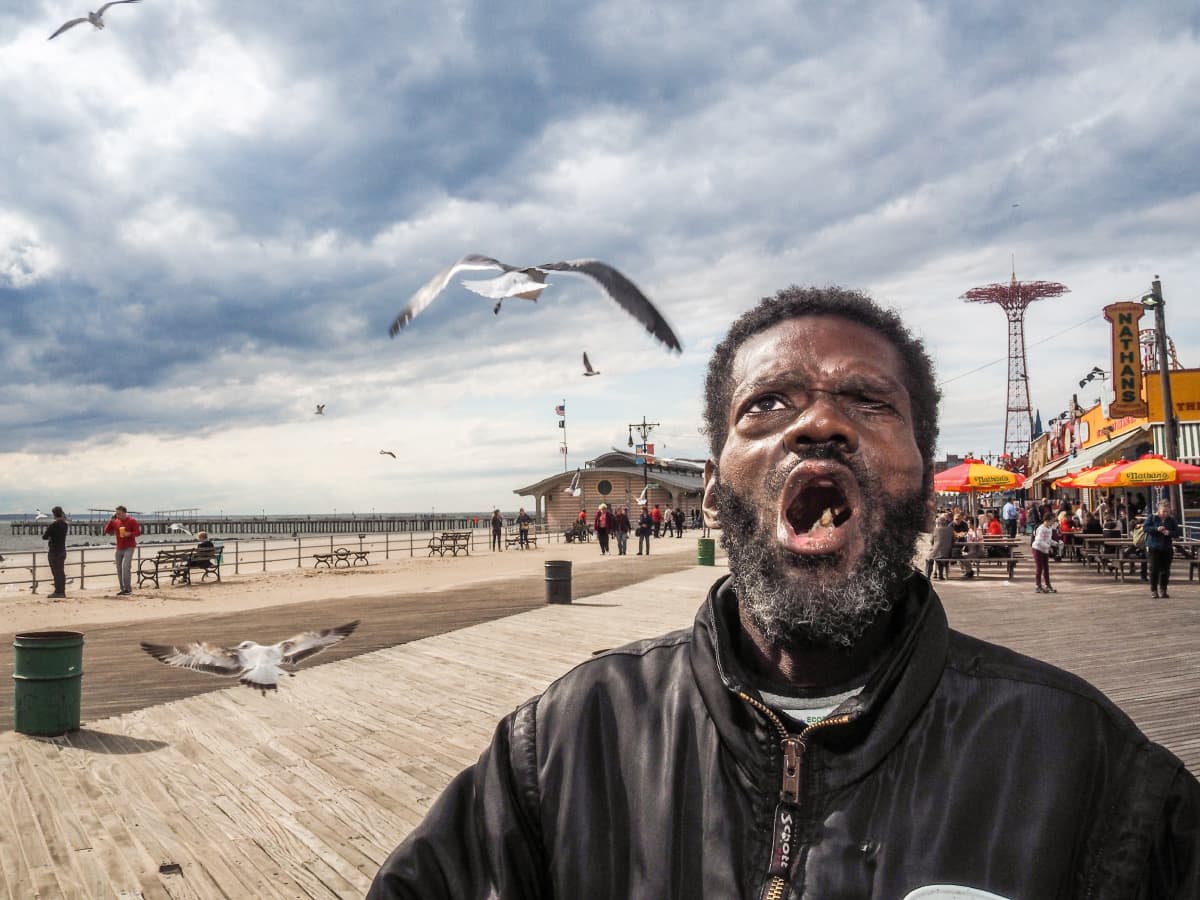
The child of Italian parents who emigrated to the US, Donato was a tough street operator who put the long hours of house arrest to good use by devouring photography magazines and online articles. He’d always been interested in art, along with exploration and wildlife. ‘A lady on my block would bundle up old copies of National Geographic and Smithsonian magazine and put them out for the trash,’ Donato explains in a chunky New York drawl straight out of the movies. ‘My dad brought them in for me and that’s how the photography seed was planted.’
While he’s now recognised as a talented street photographer, Donato had no idea the genre even existed. ‘I thought of photographers as photographers, and still do. I’d research techniques and photographers online for hours, and got to know the work of people who’ve influenced me, like Bruce Gilden and Martin Parr. I learned so much this way that when I later did some classes in photography, I knew a lot of it already.’
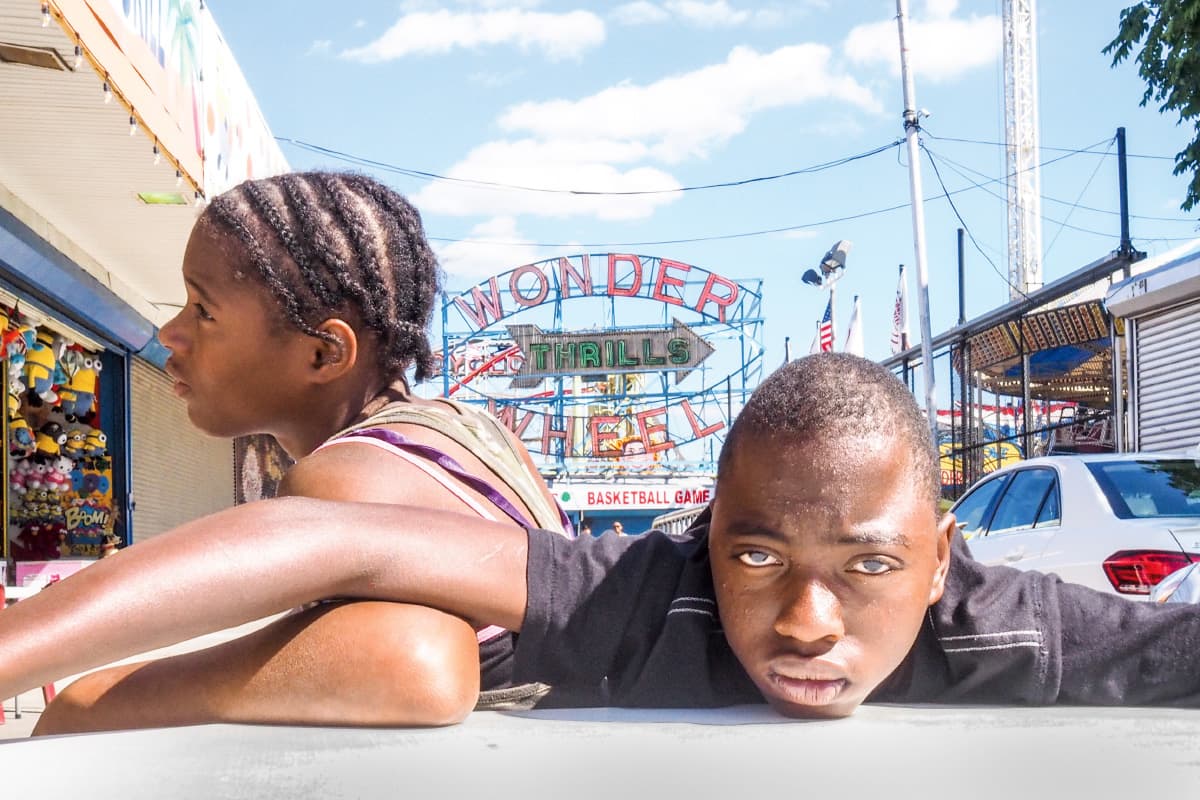
‘The trill is gone’
Eventually, Donato got a camera with the help of his family, and once he’d served his sentence, he started to take photography seriously. He never got a big break as such, but cites an image of a woman and her son in Brooklyn as the first one to really get noticed. ‘A woman was arguing with officials on a food line as she wanted an extra baloney sandwich for her kids. We got chatting as she was also Italian, and she invited me up to see where she was living. It was kind of tragic, but I entered the image in the National Geographic Your Shot contest, and it got published. Even better, a photographer called Maggie Steber wrote a really nice critique of the image and that lit a spark. It encouraged me to keep shooting and improving.’
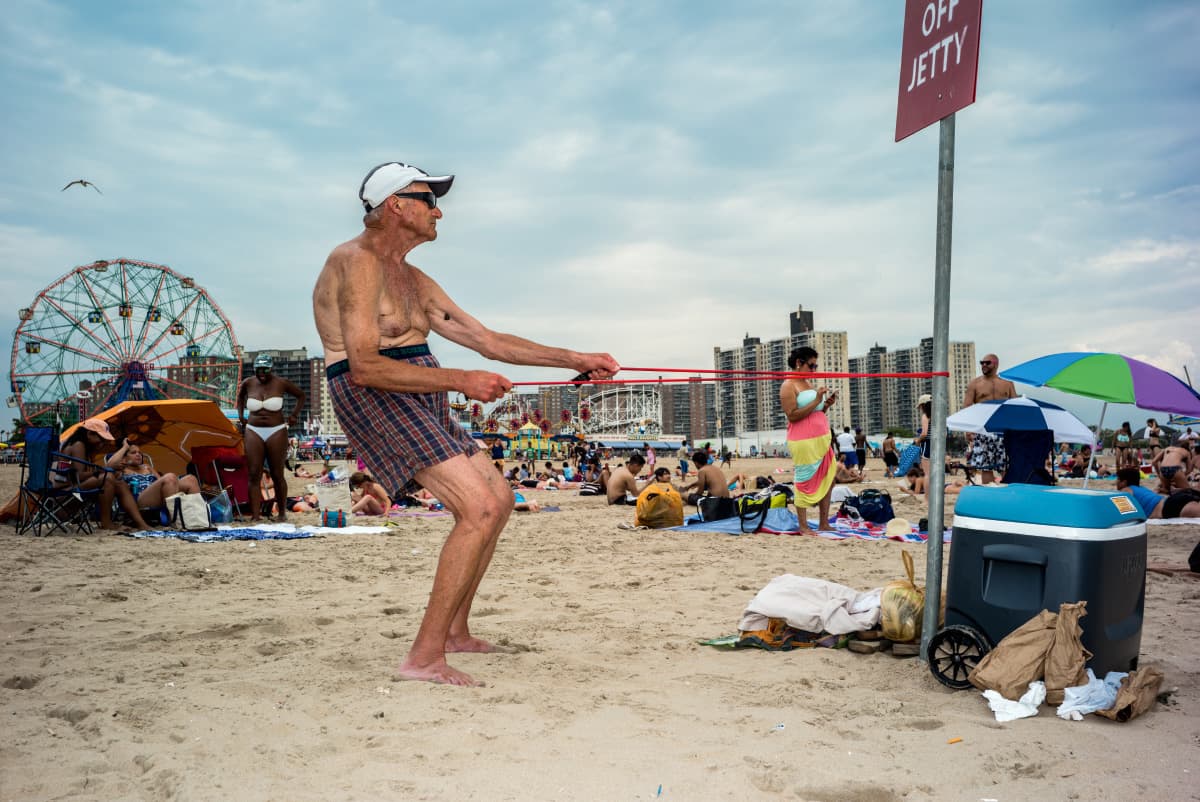
‘Stretch’
Street smarts
For Donato, the biggest challenge was learning how to deal with people as a street photographer. That said, some of the ‘skills’ he’d acquired during his shady past life did come in useful. ‘Look, if you’re from the street, in my old line of business, you need to learn about people and their behaviour. I had to deal with many different types of personalities before my sentence, and learn how to disarm people and read their body language, eyes. It’s kinda like studying psychology. And with my photos I like to get close, just a couple of feet away, so these “street smarts” come in useful.’
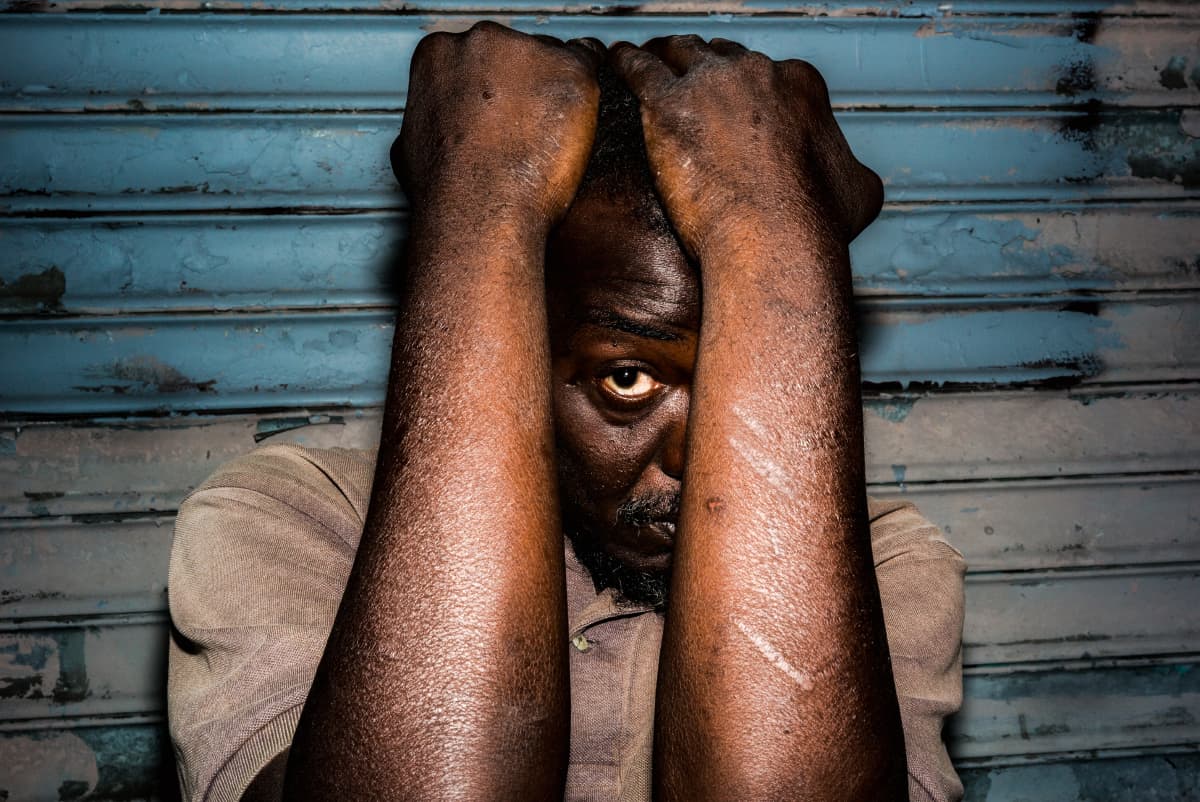
One of the many characters on the streets of New York
So had Donato ever encountered any hassle during the course of his street photography? ‘We all imagine things in our heads, so yeah, some people have reacted negatively. I never had anyone punch me in the face but I’ve had things thrown at me. Nine out of ten times, though, it’s fine, as I have learned how to read and navigate people. My photography has progressed pretty quickly considering I have really only been shooting seriously for four years. People shoot for their whole lives and don’t get this attention, so I’m honoured, as there are plenty of photographers better than me.’
Outside looking in
Looking at Donato’s street portfolio, there’s a recurring theme of outsiders and people excluded from society, which is not surprising given his background. ‘Obviously I was accustomed to dealing with these kind of people, and yeah, I do have an empathy with people on the edges of society and their struggle to live. We all have that connection to each other. People either don’t want to see it or they can’t. The head of a Fortune 500 company can have the same problems as a homeless person.’
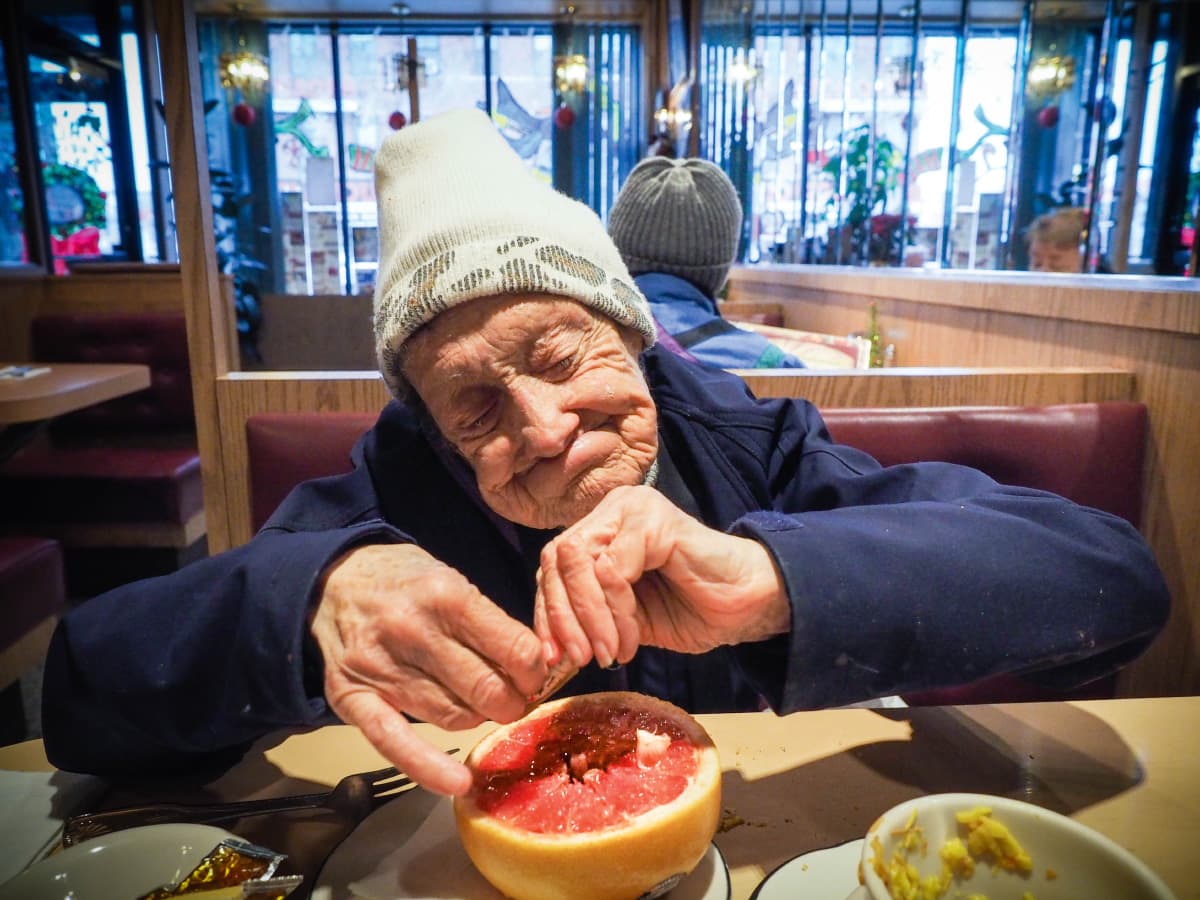
An 89-year-old woman. Donato says he regularly finds her in some kind of eating establishment while out shooting
Donato reckons he’s seeing more and more people in extremis in his native New York. ‘I’ve noticed an overwhelming number of people in this situation. For me, it’s easier to talk to these kind of people, I know how to speak their language.’ Images of outsiders and the lonely have also mirrored his feelings. ‘There’s one picture I’m particularly proud of, it’s a woman looking out to the ocean, all bundled up in many layers. It was just her and a seagull. I also felt really isolated when I got home from prison, like an alien having to start my life again.’
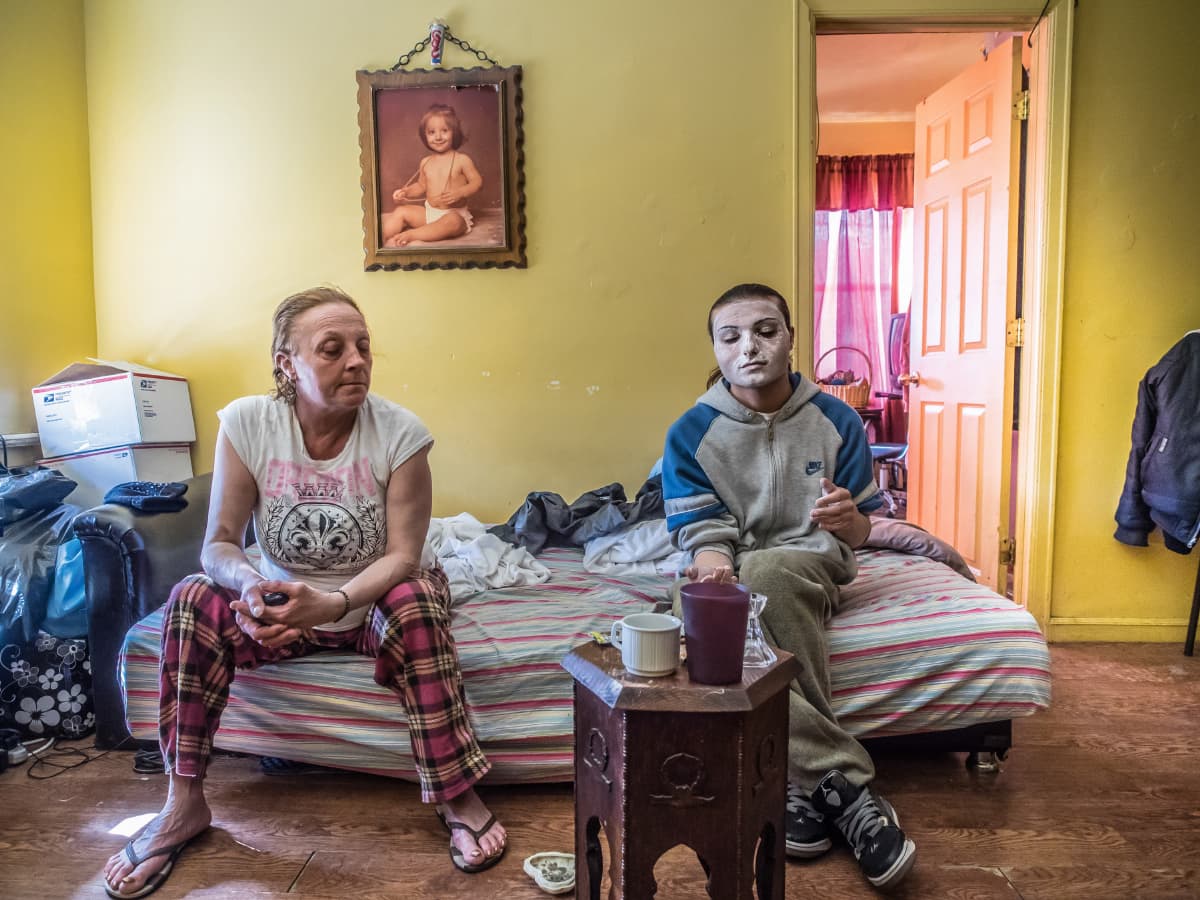
‘Tale of two sons’
As mentioned, Bruce Gilden is a huge influence, but while the ‘big G’ counts gangsters amongst his subjects, Donato isn’t drawn to photographing them. ‘Gangsters and criminals, I’m not sure what you mean any more. I know Gilden took pictures of the Yakuza, but this gangster thing went a long time ago. Maybe it was more romanticised when he was on the street. I would like to photograph maybe somebody a lot more serious than street criminals, though, like members of the cartel. Providing I could do it without getting my head blown off!’
Bright future
As the interview progresses, Donato reflects on other areas of conflict that interest him. ‘I was supposed to go down North Dakota to cover the demonstration about the pipeline, but had to cancel. It’s not really activism or the demos themselves that interest me though, thousands of photographers are covering that. I want to kind of get the story and shoot the people involved. My approach would be to grab locals and get them on an intimate level, to get down into their soul.’
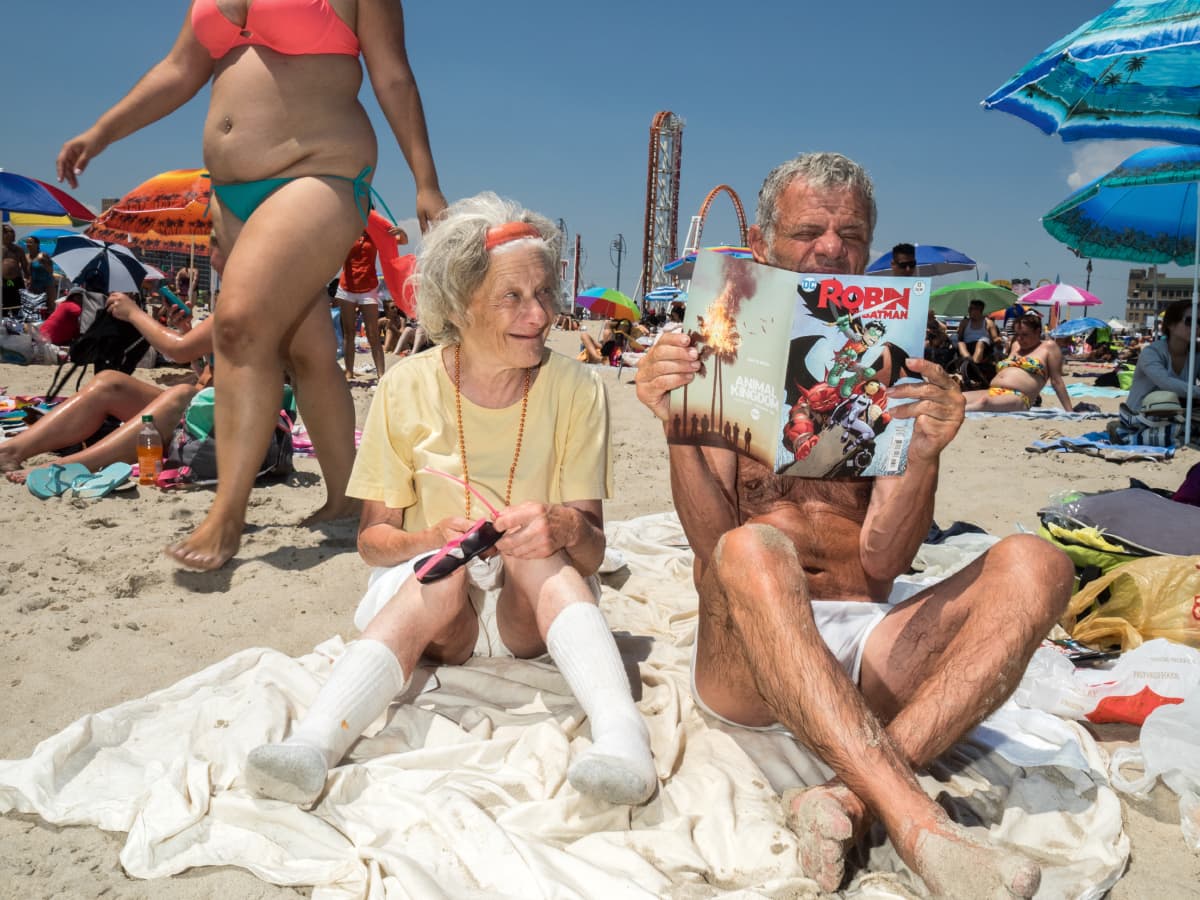
‘Dynamic Duo’
Donato Di Camillo is a New York-based street and documentary photographer who got interested in photography while under house arrest. He took it up in earnest following his release from prison in 2011, and his gritty work is attracting international attention.
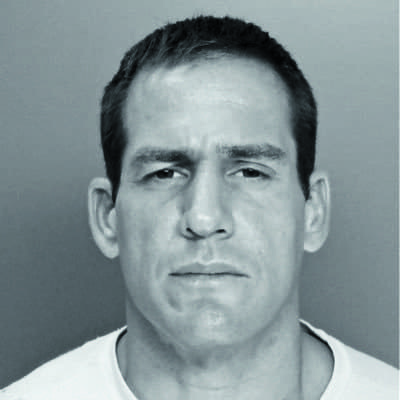
For more of his work see donatodicamillo.com
Donato’s past may have been troubled, but his future is looking bright. ‘I’m talking to you from a photography festival in Miami, and I have some interesting meetings lined up which I can’t tell you about at the moment. Martin Parr is here and I’m hoping to meet him to talk photography. Somebody once said if Martin Parr and Bruce Gilden had a son, it would be me!’
Donato Di Camillo – Proximity and intimacy
When it comes to gear, Donato is a big Leica fan. ‘I use a Leica M-P Typ 240 digital camera and Leica M6 film cameras. I was nervous when I sold all my Canon gear to just get one Leica camera and lens, but don’t regret it. Leica cameras force you to learn, as they are so manual. The saturation is nice, the colour rendition is nice… My favourite lenses are the 24mm and 35mm. I do like to get up close to people as it kind of unveils their soul. I don’t make too much of an effort to be invisible.’
